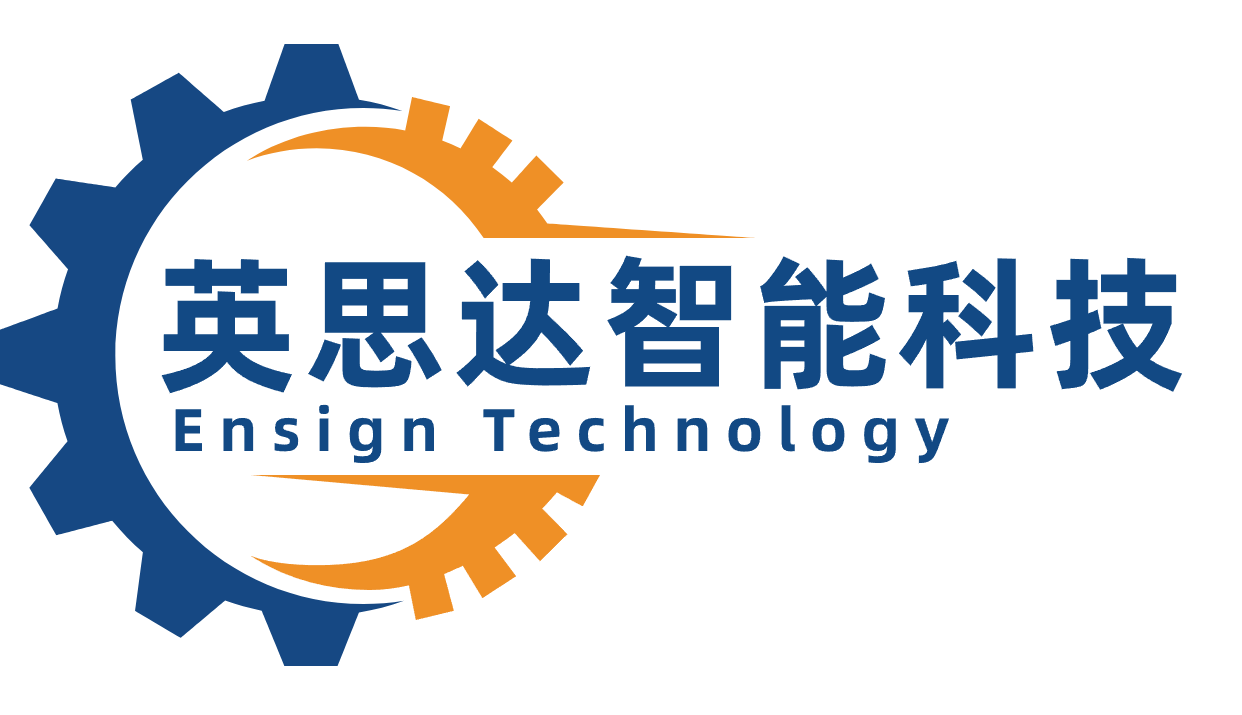Key Takeaways
So, you’re staring down a PVC patch machine like it’s a Tinder date—swipe left for “meh” precision, swipe right for military-grade efficiency. Let’s cut through the jargon fog and serve up the hot takes you actually need.
First, single-color systems are the “microwave dinners” of the patch world: quick, cheap, and perfect for simple cravings. But if you’re crafting 3D embossing worthy of a superhero’s uniform, multi-layer machines with PID temperature control are your sous chefs. They’ll stop your designs from melting into a sad puddle of “what was that supposed to be?”
“Hydraulic stability isn’t just a fancy term—it’s the difference between a crisp logo and a blob that looks like your cat walked on the keyboard.”
Speaking of blobs, let’s talk energy-saving tech. Modern machines sip electricity like a hipster sipping oat milk lattes, while older models guzzle power like a college student at a soda fountain. Check out this spicy comparison:
| Feature | Single-Color | Multi-Layer |
|---|---|---|
| Precision | Basic shapes | NASA-level 3D details |
| Speed | Fast & furious | “Marinate the design” slow |
| Cost | Budget-friendly | “Did I just buy a yacht?” |
Need military-grade durability? Skip the machines that faint at the sight of a tough fabric. Look for hydraulic stability and PID controls—because nobody wants a patch that quits mid-mission.
Pro tip: If your machine’s manual reads like a Shakespearean tragedy, you’re doing it wrong. Aim for models that balance cost vs. performance like a tightrope walker with a safety net. Now go forth and emboss like the world depends on it (or at least your profit margins do).
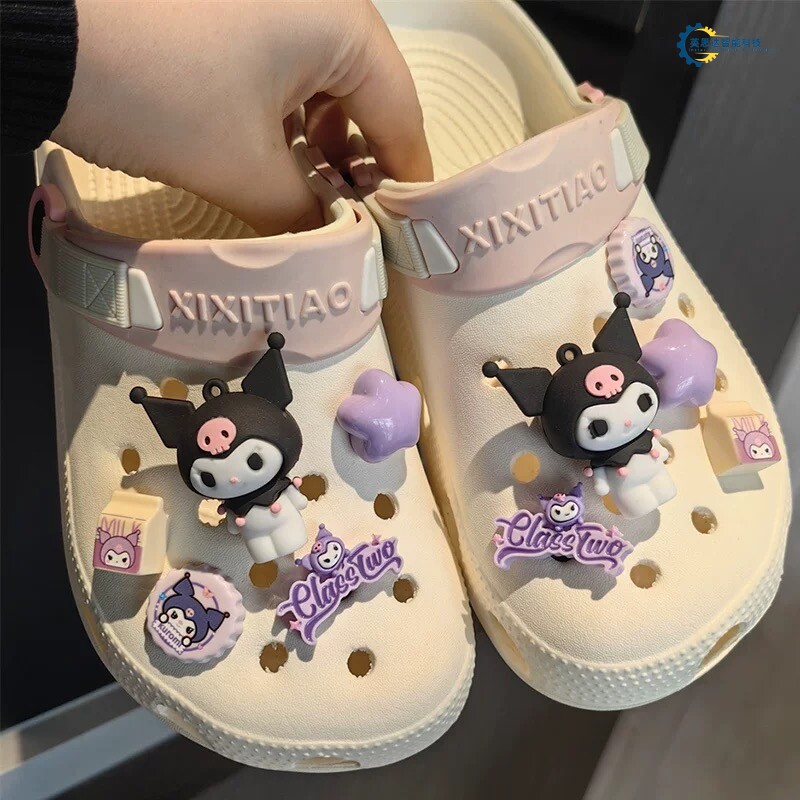
PVC Patch Machine Technology Comparison
Imagine if PVC patch machines had personalities—some would be meticulous artists, others, hyper-caffeinated engineers. When comparing tech specs, it’s like watching a showdown between a PID temperature control system (the obsessive perfectionist) and a basic thermostat (the “close enough” cousin who still uses a flip phone). Hydraulic stability? That’s the machine’s yoga instructor, ensuring every 3D embossed eagle or skull stays crisp, even if you’re secretly binge-watching cat videos during production.
Then there’s the energy-saving tech—think of it as the machine’s diet plan. Older models guzzle power like a college student chugging energy drinks, while newer ones sip electricity like a fancy tea ceremony. And let’s not forget military-grade applications. These machines aren’t just tough; they’re basically the Chuck Norris of patch-making, surviving dust storms, humidity tantrums, and the occasional “oops, I dropped my coffee” disaster.
Between single-color systems (the minimalist painters) and multi-layer models (the overachievers with a PhD in bling), the tech gap feels like comparing a tricycle to a rocket ship. Sure, both move, but one’s got laser-guided glitter cannons. Transitioning between these features? Smooth as a buttered otter—thanks to PID-controlled transitions that even your grandma’s slow-cooker would envy.
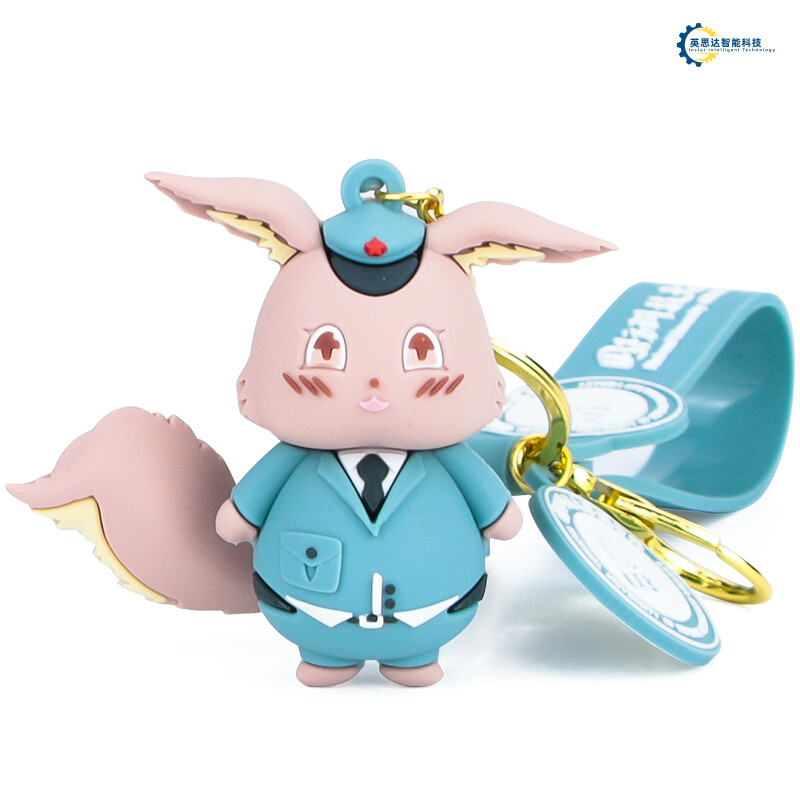
Single-Color vs Multi-Layer Systems
Choosing between single-color PVC patch machines and their multi-layer cousins is like picking between a tricycle and a rocket-powered unicycle—both get you somewhere, but one definitely has more flair. Single-color systems are the reliable workhorses of the patch world, perfect for cranking out straightforward designs without breaking a sweat (or your budget). Think of them as the "microwave dinner" of machines: quick, no-fuss, and ideal when you just need to slap a logo on a hat and call it a day.
But if you’re aiming to turn heads with military-grade 3D embossing or designs so intricate they make a spider’s web look lazy, multi-layer machines are your jam. These bad boys come stacked with PID temperature control that’s more precise than your grandma’s cookie-baking timer and hydraulic stability so steady it could balance a teacup during an earthquake. Sure, they might cost more than a lifetime supply of bubble wrap, but hey, you’re not just making patches—you’re crafting tiny, indestructible works of art. Just remember: using a multi-layer system for a single-color job is like bringing a flamethrower to a thumb war. Overkill? Absolutely. Fun to watch? You bet.
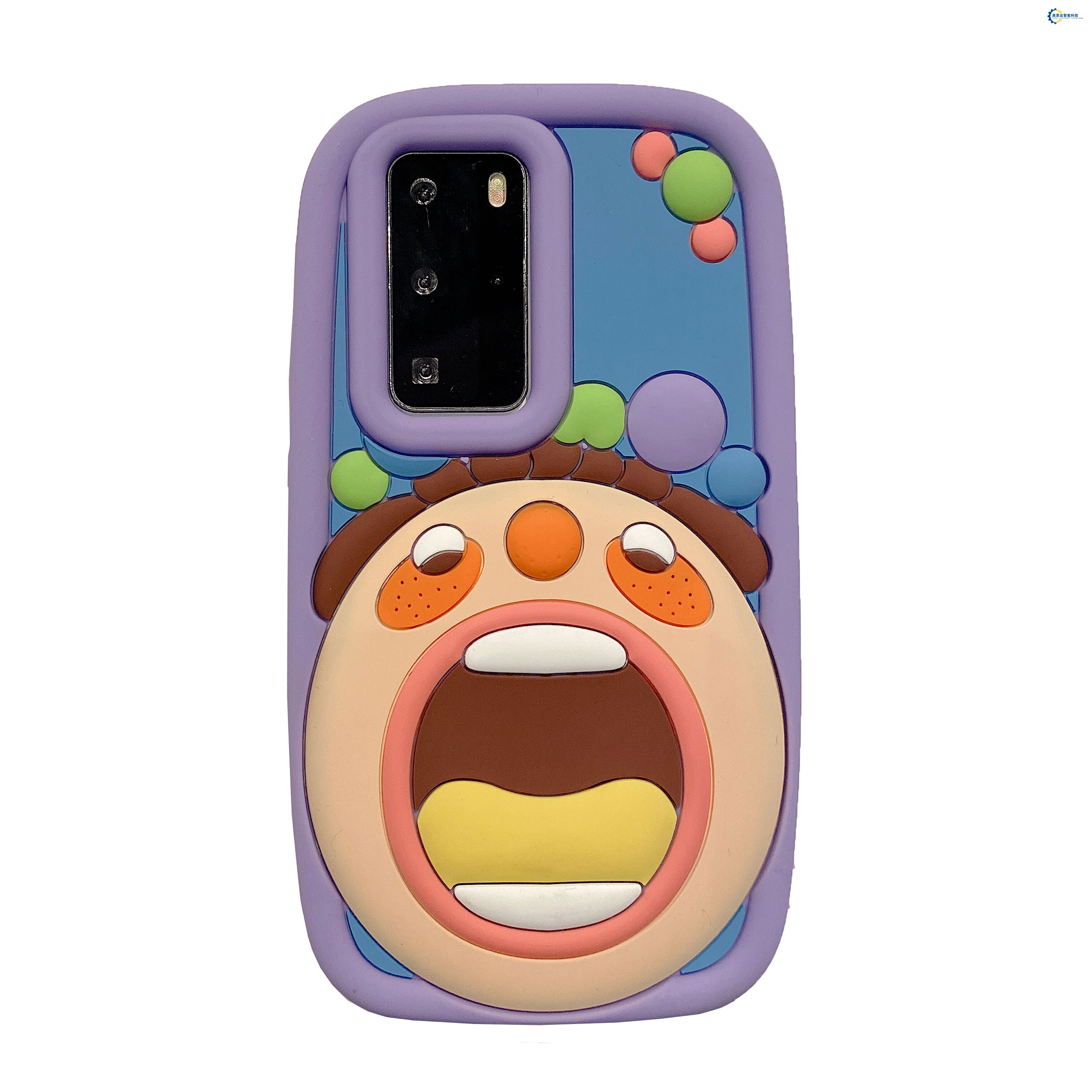
PID Temperature Control Benefits
Let’s talk about PID temperature control—the unsung hero of PVC patch machines, or as I like to call it, the “Goldilocks gadget” of the heat world. Imagine your machine throwing a tantrum because the temperature’s slightly off, like a toddler refusing oatmeal that’s “too hot” or “too cold.” PID systems swoop in like a chill babysitter, using proportional, integral, and derivative calculations (fancy math for “stop panicking, I’ve got this”) to keep things just right. No more melted edges resembling modern art gone wrong or patches so stiff they could double as armor plates.
Why does this matter? Well, precision heating isn’t just about avoiding disasters—it’s about consistency. Think of it as the difference between a microwave burrito and sous-vide steak. With PID tech, your machine maintains temps tighter than a hipster’s skinny jeans, ensuring every layer of that 3D embossing stays crisp, whether you’re crafting military badges or cat-themed patches for your very serious knitting club. Plus, energy-saving perks mean you’re not burning cash faster than a pyromaniac at a bonfire party.
And hey, if your machine ever starts acting like a drama queen over temperature swings, just whisper “PID’s got you, buddy.” Works every time.
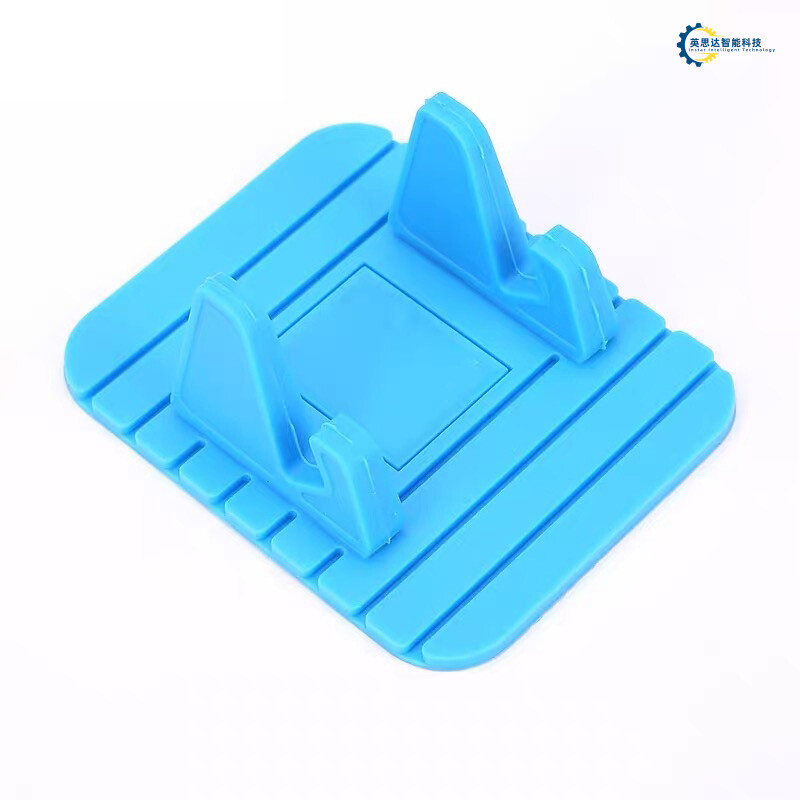
Hydraulic Stability for Precision Designs
Imagine trying to draw a masterpiece while riding a rollercoaster. That’s what designing intricate PVC patches feels like without hydraulic stability—your machine’s secret weapon against chaos. These systems aren’t just “strong”; they’re the Hulk of precision, flexing PID temperature control to keep heat levels as steady as a grandma’s knitting rhythm. Why? Because even a tiny wobble in pressure could turn your sleek military emblem into a melted popsicle.
Modern machines use hydraulic tech that’s smoother than a jazz saxophonist, balancing force so perfectly you’d think it borrowed moves from a tightrope walker. The result? Crisp 3D embossing that makes even the fussiest design nerds swoon. And let’s not forget the energy-saving tech—these hydraulics sip power like a fancy espresso, not guzzle it like a college student at a soda fountain.
For military-grade patches, where “close enough” could mean a logo peeling off mid-mission, hydraulic stability isn’t optional. It’s the difference between a badge that survives a desert trek and one that quits after a light drizzle. So, if your patches need to outlast awkward family reunions or actual combat zones, pick a machine that treats pressure like a zen master—calm, collected, and utterly unshakable.

Energy-Saving Features in Modern Machines
Let’s face it: PVC patch machines aren’t exactly known for their thrilling personalities. But when it comes to energy-saving tech, these bad boys are basically the eco-warriors of the manufacturing world—minus the hemp sandals. Imagine a machine that sips electricity like it’s a $20 latte, all while pumping out military-grade patches sharper than your aunt’s comments at Thanksgiving.
Modern models have ditched the “energy hog” reputation with PID temperature control systems that work smarter, not harder. Think of it as a thermostat with a PhD—constantly tweaking heat levels to avoid wasting power, like a ninja silently optimizing your energy bill. Pair that with hydraulic stability that’s smoother than a jazz saxophonist, and you’ve got machines that don’t just save energy—they respect it.
And hey, who knew multi-layer systems could be such overachievers? By stacking colors and materials like a compulsive Tetris player, they slash production time (and energy use) by up to 30%. Plus, some models now come with auto-shutdown modes—basically the machine version of “I’ll nap until you need me again.” It’s like having a roommate who actually turns off the lights.
So, while these features might not make PVC machines the life of the party, they’ll definitely keep your factory from becoming that guy who leaves the fridge open all day. Efficiency? Check. Precision? Double-check. Saving the planet one patch at a time? Mic drop.
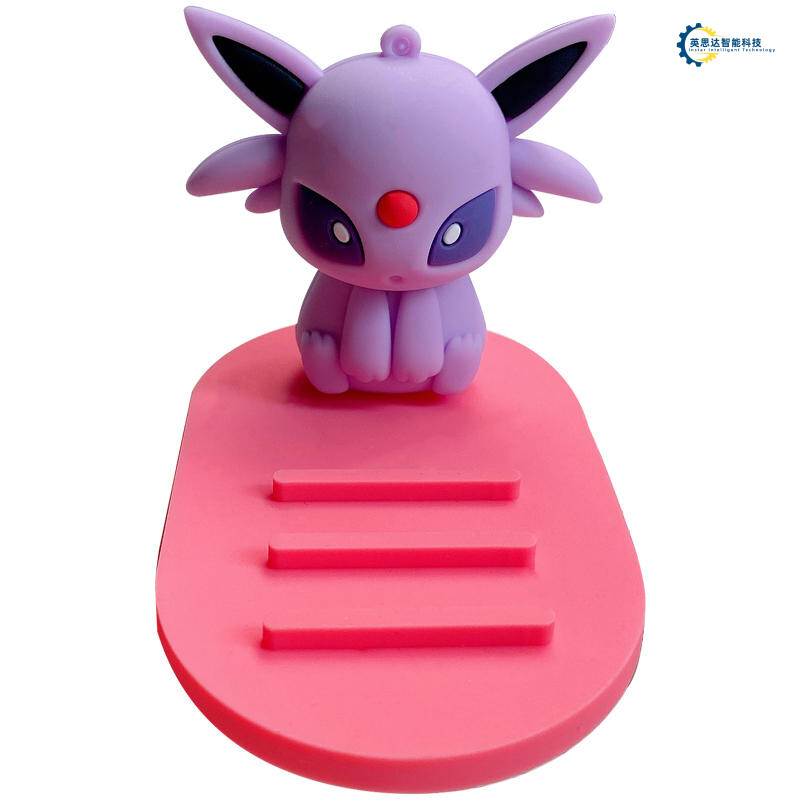
Military-Grade Application Requirements
When it comes to military-grade applications, PVC patch machines aren’t just making cool swag—they’re basically prepping for the zombie apocalypse. Imagine a machine so tough it could probably survive a drop from a helicopter… or your cousin’s "hold my soda" dare. These bad boys need to handle extreme conditions, like desert heat that melts crayons or Arctic chills that turn coffee into slushies. That’s where PID temperature control struts in like a superhero, keeping heat levels steadier than a drill sergeant’s glare. No wonky layers or melted edges here—just crisp, 3D embossing that says, “Yes, Sergeant, this patch is regulation shiny.”
But wait, there’s more! Hydraulic stability ensures every stitch and press is tighter than a recruit’s bunk bed corners. Because if your tactical patch peels off mid-mission, you’re not just embarrassed—you’re that guy who brought glitter to a gunfight. And let’s not forget energy-saving tech, because even machines need to conserve juice for Netflix marathons after drills. Whether it’s surviving sandstorms or accidental coffee spills, these PVC patch machines laugh in the face of chaos. After all, if it can handle a privates’ prank war, it can handle anything. Except maybe karaoke night.
Top Models for 3D Embossing Efficiency
If PVC patch machines had a superhero league, the 3D embossing champions would be the ones flexing their PID temperature control biceps and showing off hydraulic systems smoother than a buttered-up otter. These machines don’t just make patches—they sculpt them with the precision of a neurosurgeon who’s had one too many espressos. Take the Multi-Layer Master 5000, for example. It’s like the Swiss Army knife of embossing, juggling energy-saving modes while cranking out military-grade patches so sharp, they could probably cut through awkward small talk at a family reunion.
But let’s not ignore the underdogs. The Single-Color Sprint Pro might sound like it belongs in a kindergarten art class, but don’t be fooled—it’s got heat distribution so even, it could teach a yoga instructor about balance. Meanwhile, the HydraPress Ultra uses pressure consistency tech to ensure every embossing depth is as reliable as that one friend who always remembers your pizza order (extra cheese, no olives, obviously).
Here’s the kicker: modern machines now come with energy-saving tech so efficient, they probably sip electricity like a hipster sipping craft kombucha. And for those military-grade applications? These models laugh in the face of chaos, delivering multi-layer systems that handle complex designs faster than you can say, “Wait, did I just emboss my thumb?”
In a world where 3D embossing efficiency is king, these machines aren’t just tools—they’re the overachieving valedictorians of the patch-making universe. Just don’t ask them to do your taxes. (They’re busy.)
Cost vs Performance Analysis Guide
So, you’ve decided to dive into the wild world of PVC patch machines—where cost and performance duke it out like two toddlers fighting over a juice box. Let’s break it down without the drama.
First, single-color systems are like that reliable old sedan your dad swears by: cheap to maintain, but good luck impressing anyone at the car show. They’ll handle basic designs without melting your budget, but if you’re aiming for military-grade applications (think patches that survive zombie apocalypses), you’ll need the multi-layer models—the Ferraris of the patch world. These badgers come with PID temperature control (aka the “mind-reading thermostat”) and hydraulic stability so precise, it could thread a needle during an earthquake.
But wait! Before you max out your credit card, ask: Do you really need a machine that hums show tunes while calibrating 3D embossing? Energy-saving tech is cool, but if your “factory” is a garage next to your neighbor’s yappy Chihuahua, maybe skip the bells and whistles. Pro tip: Balance efficiency with reality. A machine that costs less than your Netflix subscription but overheats like a jalopy? Hard pass.
In short? Don’t let performance seduce you into bankruptcy, but don’t let cost trick you into buying a glorized toaster. Aim for the sweet spot where your patches look sharp, your wallet stays intact, and your sanity survives the Chihuahua’s encore.
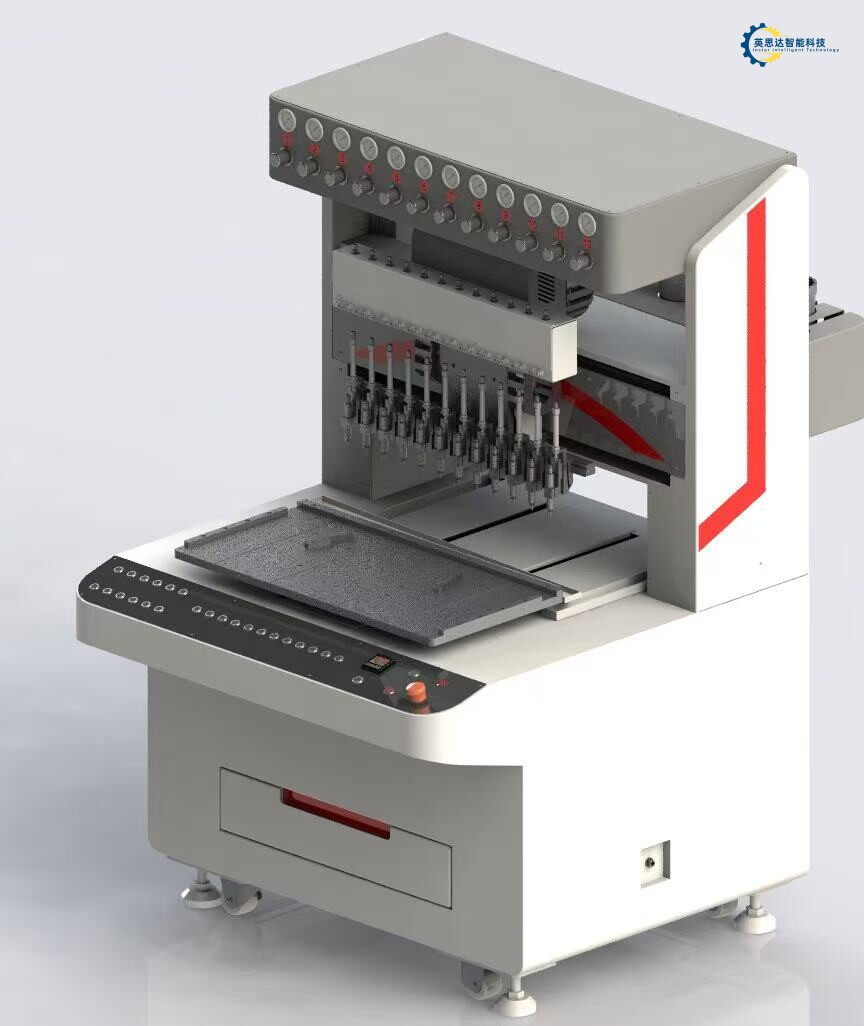
Conclusion
So, you’ve survived the PVC patch machine thunderdome—where single-color systems throw shade at multi-layer models like rival pastry chefs arguing over who makes the flakiest croissant. Let’s face it: choosing the right machine is like picking a superhero sidekick. Do you go with the PID temperature control that’s basically a mind-reading thermostat, or the hydraulic stability that keeps your designs tighter than a drum solo at a rock concert?
And let’s not forget the energy-saving tech—because saving watts is cool, but saving cash? That’s practically a superpower. For military-grade applications, you’ll want a machine tougher than a toddler’s snack-time negotiations, while 3D embossing efficiency turns your patches into tiny works of art faster than a caffeinated Picasso.
Sure, cost vs performance might feel like choosing between a gold-plated waffle iron and a budget toaster, but hey, nobody ever regretted investing in a machine that doesn’t quit faster than a New Year’s resolution. So, whether you’re crafting patches for secret agents or your cousin’s llama-themed Etsy shop, remember: the right PVC patch machine isn’t just a tool—it’s your partner in crime (or crafts). Now go forth, and may your layers never misalign! 🦙✨
FAQs
Q: Can a PVC patch machine double as a waffle iron in a pinch?
A: While both involve heat and pressure, we strongly advise against making breakfast with industrial equipment. Stick to PID temperature control for perfect patches, not perfect pancakes.
Q: Why do multi-layer systems sound like a complicated relationship status?
A: They’re committed to handling complex designs without drama. Unlike your ex, these machines deliver hydraulic stability and crisp 3D details every time.
Q: Is energy-saving tech just a fancy way to say “cheap”?
A: Not unless you consider saving money while crushing military-grade applications “cheap.” Think of it as eco-friendly bragging rights for your workshop.
Q: How precise is 3D embossing efficiency? Can it handle my cat’s portrait?
A: If your cat has nine lives, this machine has nine layers of precision. Just don’t blame us when Colonel Whiskers becomes the next patch mascot.
Q: Do I need a PhD to operate these machines?
A: Nope! They’re designed for humans who still laugh at dad jokes. Single-color systems are plug-and-play; the biggest challenge is resisting the urge to name them.
Ready to Upgrade Your Patch Game? Click Here to Geek Out With Us!
Q: Will my cost vs performance analysis cause existential dread?
A: Only if you overthink it. Focus on advanced models that balance budget and bravado—like choosing between a sensible sedan and a laser-equipped tank.
Q: Can these machines survive a zombie apocalypse?
A: With military-grade durability, they’ll outlast the undead. Prioritize hydraulic stability—zombies hate well-engineered escape plans.
